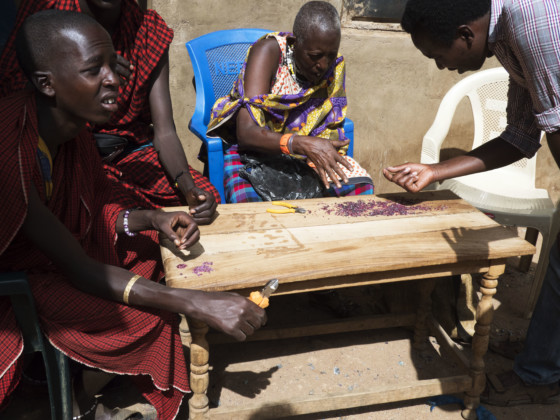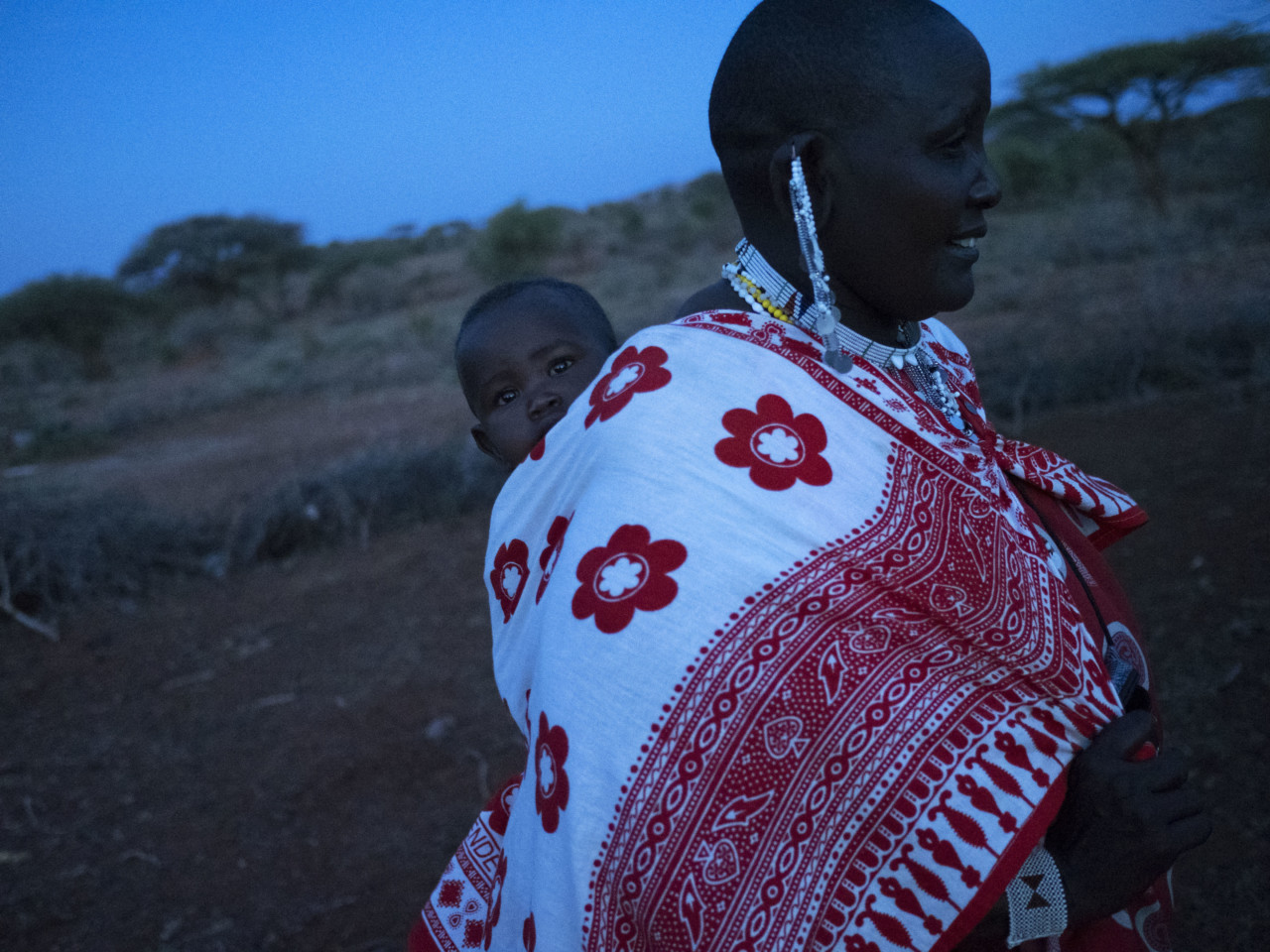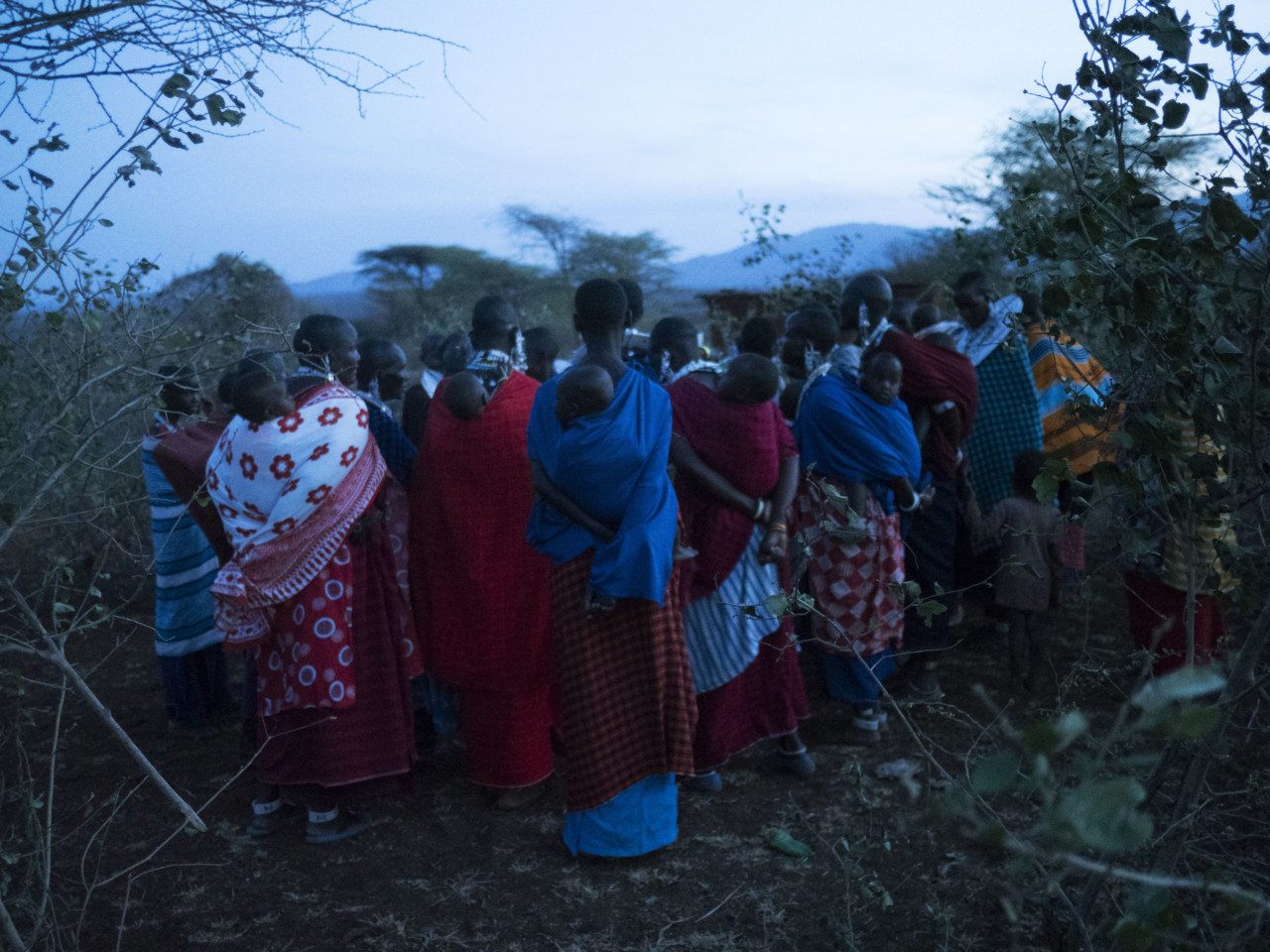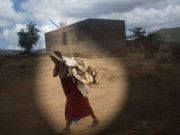The Disappearing Pastures of the Maasai
In Northern Tanzania, not far from the Kenyan Border, the Maasai people are seeing their ancestral lands claimed by miners and the government - all amid a serious drought
This article, by Ted Scheinman, was published alongside Thomas Dworzak’s photographs in Pacific Standard Magazine, August 2018. This report was a part of Pacific Standard’s A Journey Through Contested Lands photo issue, produced in conjunction with Magnum photographers and made possible thanks to support from the Pulitzer Center.
The ruby rush in the Longido district in northern Tanzania began in 2017, when a Maasai herder first plucked a handful of the sharp-pink and bloody-purple gems from a hole in the dry earth.
The Maasai, a semi-nomadic pastoralist people, have become accustomed to others laying claim to their ancestral territory. In recent years, the government grabbed their land for game hunters and real estate developers in Loliondo, several hours northwest. And now, the ruby miners have moved into Longido.
"The natural stillness is pierced by the slow, persistent ring of mining tools "
-
The village of Mundarara is growing into something of a boomtown, with all the perils and promises that come with that condition. Residents say the character of the town has changed down to its very sounds: There’s now a constant buzzing and chattering around the tables in the village center, where locals haggle and sell tea and snacks to visiting ruby-seekers. In the distance, the natural stillness is pierced by the slow, persistent ring of mining tools.
"The Maasai raise livestock on migratory routes, a tradition imperiled by the surge of new activity in the region"
-
The Maasai raise livestock on migratory routes, a tradition imperiled by the surge of new activity in the region. Rubies have brought new commerce to Longido, but government evictions and the effects of climate change have forced the Maasai to seek new, often drought-ridden grazing routes for their sheep, goats, and cattle. They must travel farther with their flocks and herds and work longer hours than ever before. Many have reluctantly migrated to cities, some as far away as Dar es Salaam, a 12-hour drive southeast.
"The village of Mundarara is growing into something of a boomtown, with all the perils and promises that come with that condition"
-
Seventy five kilometers east, in Eworendeke, government development, rather than mining, is forcing some Maasai out. In 2012, locals say, a government official used bureaucratic sleight of hand to trick them out of two-thirds of their land in a case that the villagers mean to take to court.
In the face of a government that increasingly seems to want them gone, the Maasai of Mundarara and Eworendeke are determined to keep tending their flocks. One recent morning, a band of women walked in the first rays of dawn toward the village elder’s hut in Eworendeke, carrying a sheep they planned to sacrifice as a prayer for relief from the drought that has borne hard on this area, and on East Africa more generally.
"Before the slaughter, the women sang soft prayers. The knife did its work, and the sun began to rise"
-
In Maasai tradition, the sheep should ideally be completely black, with no splotches of any other color, and must be slaughtered within the confines of traditional fences in the middle of the village. The person chosen to slaughter the black sheep must be kind and generous, a friend to everyone in the village, and innocent of any murders. Before the slaughter, the women sang soft prayers. The knife did its work, and the sun began to rise.
































